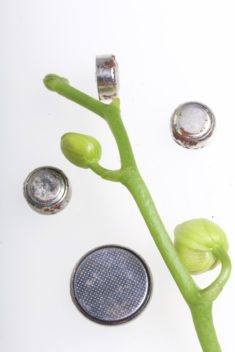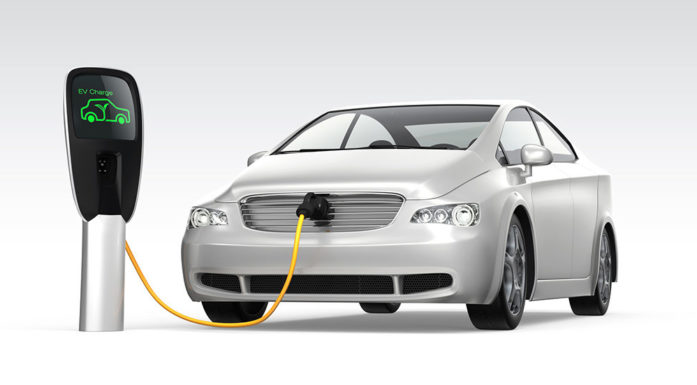Simulating her way to better batteries
Do you have a phone or a car that always runs out of juice? Ingeborg Treu Røe is studying batteries that can store more energy and triple the range of your EV.
Today’s batteries aren’t good enough yet for us to make a full switch from fossil to renewable energy sources. For this to happen, we need more durable and environmentally friendly batteries that can also store more energy.
NTNU materials technologist Ingeborg Treu Røe is working on this exact problem.
“The cool thing about this research is that it’s fundamental research. I get to work with a certain type of material and try to figure out what gives the material its properties. It’s very exciting,” says Røe.
- You might also like: Sun and wind in a box
Restructuring the lithium
Our mobile phones and electric cars have rechargeable batteries. The lithium in these batteries energizes the battery by moving from the positive to the negative electrode, and then moves in the opposite direction while charging. More lithium in the battery lets you use it longer between each charge. This is where Røe’s research comes in.
Lithium has its own natural structure, but it doesn’t behave in the desired way in that structure.
“I’m trying to find out if lithium works better and has better battery life when it forms a different structure. But another structure will run counter to lithium’s natural state, so we have to find a way to make lithium want to be in the other structure,” Røe says.
A different structure can allow for greater lithium storage in the battery and thus considerably extend the life of the battery.
- You might also like: How well do solar cells really work in the Nordic climate?

This is what Røe’s monitors look like when she does simulations on the computer. Photo: Karoline Ravndal Lorentzen, NTNU
Simulating structures
Røe uses a simulator to figure out in which structure lithium behaves best. The simulator allows her to zoom in on the electrode in the battery and observe how each atom behaves.
“Doing simulations is great, because I can decide on all the conditions myself. You can’t do that in lab experiments,” Røe says.
She says a real electrode has more than a trillion atoms, which limits how many individual characteristics she can test.
“So far I’ve examined seven different lithium structures and found that they each behave very differently in these structures. That will help us a lot in our further research,” she says.
So what will it take to make batteries that last longer?
“I have to find a way to manufacture these batteries so that we know that we’re getting exactly the desired structure in the battery. That’s the prerequisite for creating a battery that lasts longer between each charge,” Røe says.






